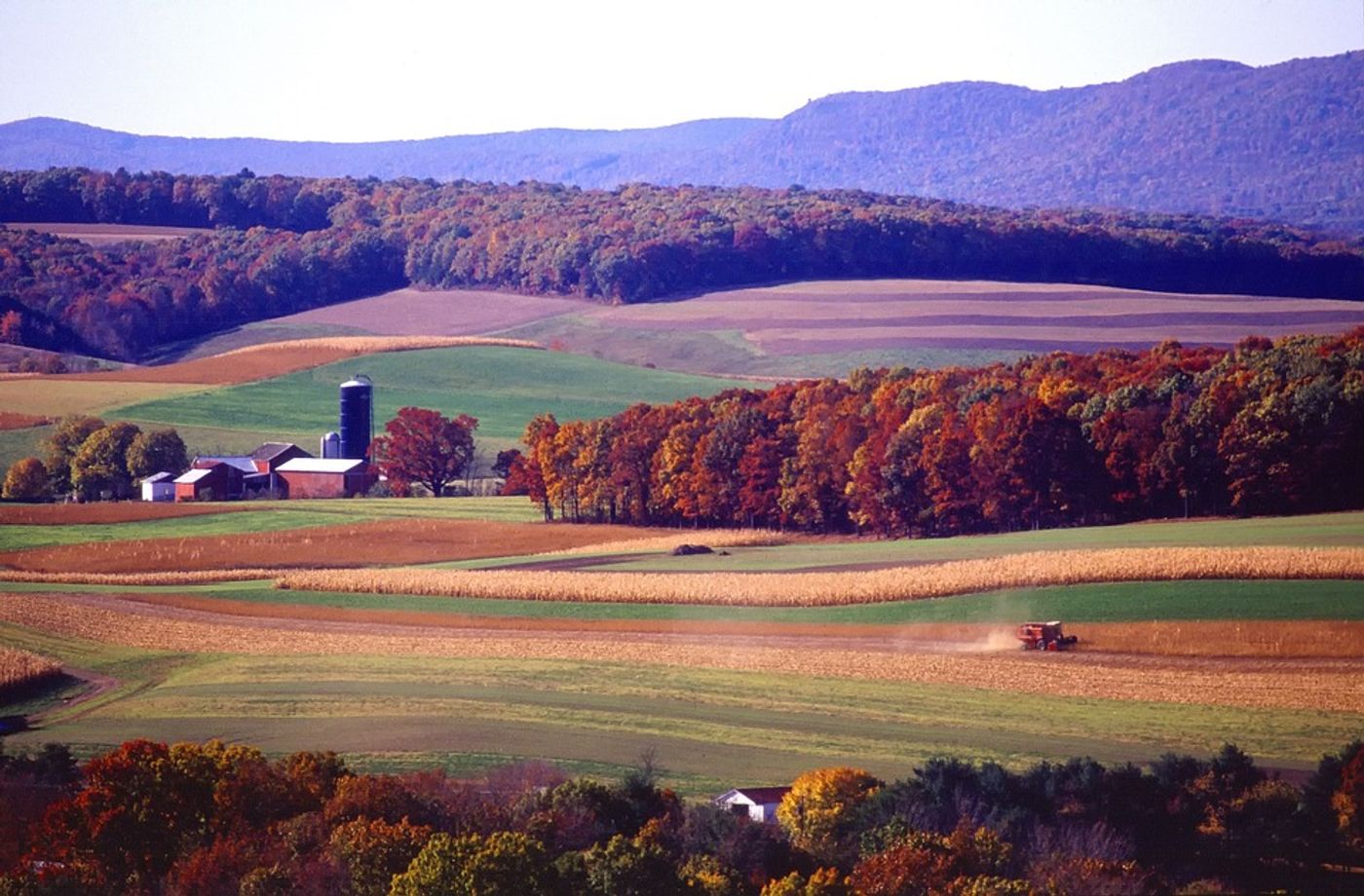Small forests provide key ecosystem services
Due to human expansion in agriculture and livestock, logging, gas and oil exploration, and infrastructure expansion, forests today are more fragmented than ever before. While habitat degradation and loss of biodiversity are of grave concern for these small patches of forest, which often consist of a mere few hectares, new research suggests that tiny forests may also serve important ecological roles. Bear in mind, this research does not promote the active deforestation of lands to create such small forests, rather it enlightens the public as to the ways that existing small forests are currently providing crucial ecosystem services.
The research was published recently in the Journal of Applied Ecology from researchers at the University of Stockholm. An author of the study, Alicia Valdés, commented: "The value of these tiny forests has never been unraveled before, although the occurrence of small woodlands in agricultural landscapes has increased due to forest fragmentation.”
The characteristic that makes small forests noteworthy is their high incidence of edges. Edges open the space for certain species to thrive. "For example, there is more food supply for roe deer, such as blueberries and seedlings of birch and oak, because edges receive more sunlight and nutrients from the surrounding farmlands. This, in turn, is predicted to attract more roe deer that can be hunted by humans," says Valdés.
In conducting their research, Valdés and colleagues gathered data on the diversity of six taxonomic groups including invertebrates, plants, and fungi. As the authors write in their study, they also collected information on “the supply potential of five ecosystem services and one disservice within 224 woodlands distributed across temperate Europe.” Following this process, explain the authors, “We related their ability to simultaneously provide multiple ecosystem services (multiservice delivery potential) at different performance levels to biodiversity of all studied taxonomic groups (multidiversity), forest patch size and age, as well as habitat availability and connectivity within the landscape while accounting for macroclimate, soil properties, and forest structure.”
From their analysis, the team concluded that small woodlands in agricultural plots have more benefits for humans per area when compared to large forests. These benefits come in the form of a higher capacity for carbon storage in the topsoil layer as well as decreased populations of ticks and increased opportunity for hunting. While biodiversity is undoubtedly incomparable to larger forests, small forests, concludes the research, are definitely delivering multiple ecosystem services. The authors urge policymakers to use this new knowledge when developing conservation programs.
"Preserving the large forests is important because of their higher biodiversity, but conserving smaller woodlands, especially the older ones, will help to increase human wellbeing in agricultural landscapes. These small woodlands need specific policy instruments ensuring their future conservation," says Valdés.
Sources: Journal of Applied Ecology, Science Daily









